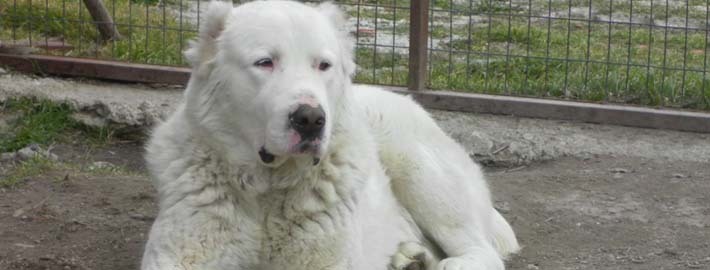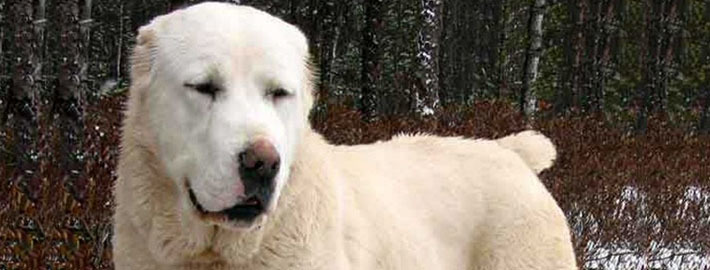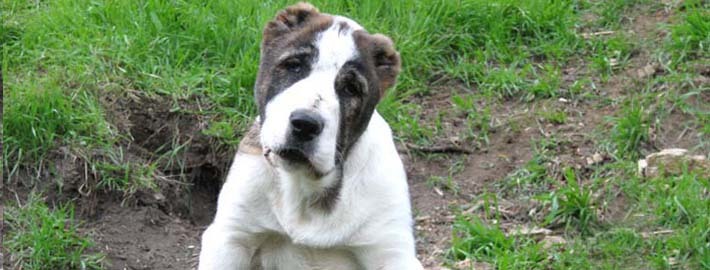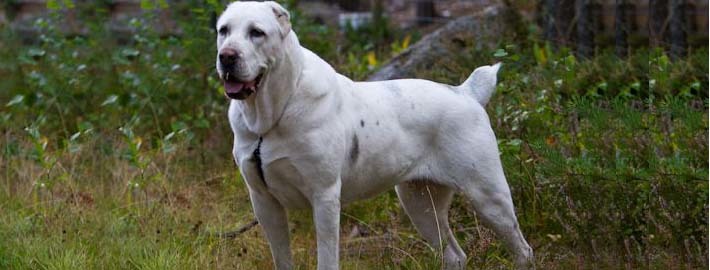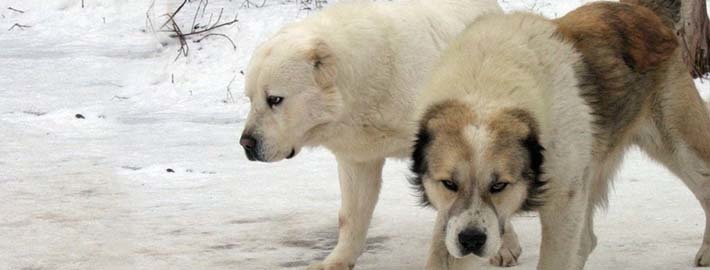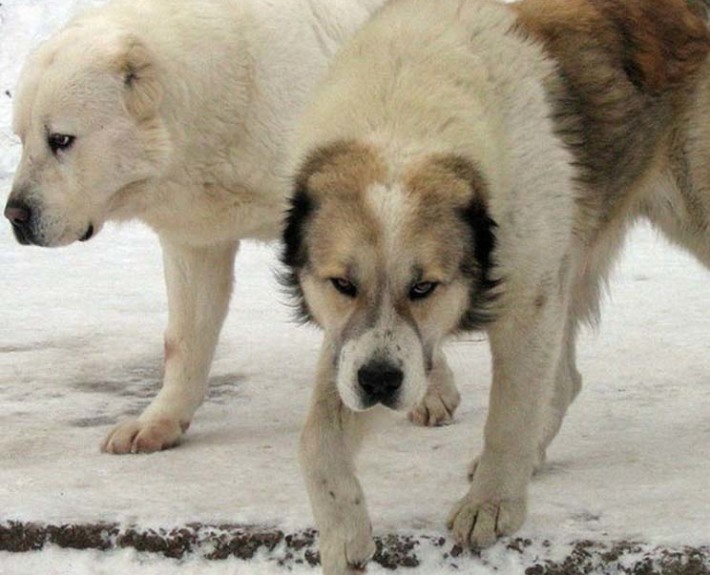What makes the Central Asian Shepherd Unique?
The Central Asian Shepherd Dog is a protective dog who bonds first to its human caretaker and next with its perceived possessions. Bred to solve problems, it is independent minded, strong, brave and responsible. It is a large but agile dog, sometimes described as a cat in dog’s clothing. With its strong guarding and territorial instincts, it is not a breed for the novice owner.
Breed Groups
Page Contents
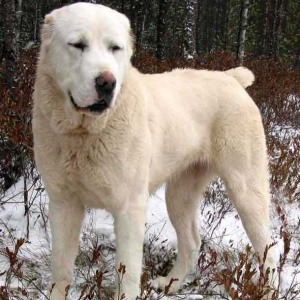
Is the Central Asian Shepherd Right For You?
The Central Asian Shepherd is a calm, fearless flock guardian. Independent, they stand their ground and do not back down. They are good with all members of their own family, however, they should be supervised with children.
The Central Asian Shepherd requires a large yard, the larger the better, with a fence. They have a job to do (guarding). Small living conditions can lead to boredom and thus digging and chewing will be a problem. Even with lots of exercise these dogs like to be outdoors watching over their territory. They must have a securely fenced yard or they will expand their territory as far as they can.
In 5 Words
- Bold
- Adaptable
- Curious
- Strong
- Independent
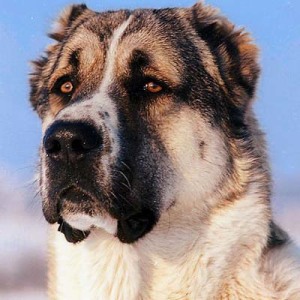
Characteristics
Learn About the Central Asian Shepherd
Description
The Central Asian Shepherd Dog is a dog of great size with massive bone structure and powerful muscles. The body is slightly longer than tall. The head is massive. Ears are normally cropped close to the head but are naturally small, drop, and set low on the head. The tail is high set and thick at the base, and when undocked, hangs down to the hock with a sickle shape. Two coat lengths are accepted, but all are double-coated and thick. here is no real stop from forehead to muzzle. The body is a bit longer than tall. The dense coat comes in two varieties, long and short. The coat comes in a wide variety of colors. The CAS should be rugged in type with big bones, a large chest and wide back. The well-boned forelimbs have powerful shoulder muscles. The skin on the face is thick and may form wrinkles. The thighs are powerful. The back is strong and moderately long.
Short History of the Central Asian Shepherd
The Central Asian Shepherd Dogs are said to be the oldest known group of dogs in existence today. Dating back over 5,000 years according to Artifacts found in native lands.As one shepherd told us, his loyal Alabai stayed with a sheep that strayed from the flock for three days and died from thirst near her. The Turkmen Alabai is a loyal dog.
Many modern breeds of dogs were bred artificially by the method of crossing different breeds, and their history is less than 200 years. This breed is over 4,000 years old and was originally used as a powerful and agile flock guardian following its nomadic tribesmen masters.
The turning point in the history of the Middle Asia was the Arab Conquest (651 DC), which brought a new religion, culture and made the region a part of the biggest Middle Ages state – Arab Caliphate. Arrival of Islam changed sharply the attitude to dogs: the holy animal turned into a grubby creature. In the middle of the eleventh century on the territory where ancient Turkmen lived (the Syr-Darya region) the Seldguk-clan came into power. They converted to Islam and moved to Iran and the Asia Minor with their vassals. In the 14-15th centuries the Seldguk’s descendants – the Osmans started the Osman Empire.
Temperament
The Central Asian Shepherd Dog is like protective dog who bonds first for its human caretaker and next and its perceived possessions. Bred to clear up problems, it is independent ready, strong, brave and responsible. Sensitive and smart, the Central Asian Shepherd responds better to someone who can inspire loyalty whilst providing strong leadership. Heavy-handed training will backfire only at that breed; but respectful, thoughtful training course will yield an undyingly diehard companion. As guard dogs, they are naturally suspicious of strangers and have also been known to dominate other dogs of different breeds when they are taken outside the house.
Caring for Your Central Asian Shepherd
Grooming & Bathing
Neither the longhaired nor shorthaired coat require a lot of grooming, but the thick undercoat results in heavy seasonal shedding twice a year.
Exercise & Training
This breed requires a large yard with a fencing. They need to be provide a job. Always keep in mind their natural instinct is going to be guard. If they do not have enough room to maneuver, they will become very idle. In turn, this will result chewing and digging.

